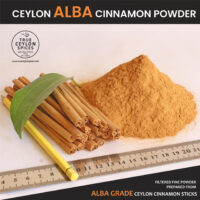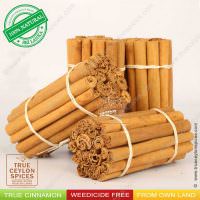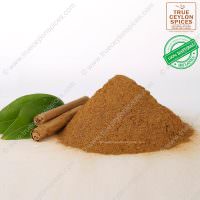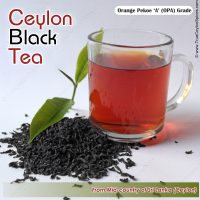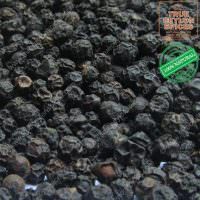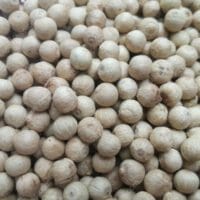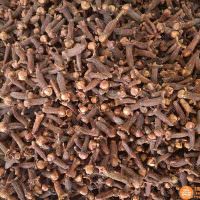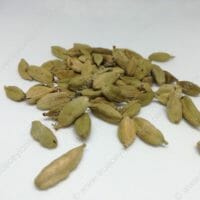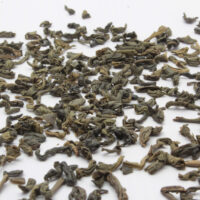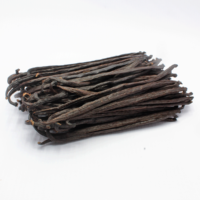Monthly Archives: October 2015
10 Interesting Facts About Ceylon Cinnamon
Cinnamon is a big business and has been for thousands of years. It’s mentioned in places like the Bible and old Chinese texts and is still very popular today. While we may think of it as common, in ancient times it was rare but had widespread use in Asia, Europe, and Africa. Here are 10 interesting facts about cinnamon, one of the world’s favorite spices.
1. True Cinnamon
There are over 300 species of trees and shrubs in the genus Cinnamomum. Only a few species are grown commercially to produce cinnamon, but Ceylon cinnamon is the only kind to be thought of as true cinnamon—just look at its name: Cinnamomum verum. Its name stems from the latin word for true. While Ceylon cinnamon has a more delicate flavor, more people eat the Cassia variety because it’s cheaper and sold in most grocery stores.
2. Health Benefits
Despite our modern-day association between sweets and cinnamon, it actually has many health benefits. Ceylon cinnamon is especially healthy because it has the lowest levels of coumarin, a chemical that can damage the liver in kidneys in high doses. But with antimicrobial properties, the ability to reduce blood sugar levels, with a fair amount of antioxidants, cinnamon is definitely a healthy treat.
3. A Coveted Spice
Hundreds of years ago, cinnamon was worth more than its weight in silver and gold. But that changed as there became more suppliers and it flooded the market. Now, Cassia cinnamon can be found in the grocery store for just over a $1 per ounce.
4. Spurred Exploration
Cinnamon was brought to Europe and Africa by Arab traders over land, so the spice was incredibly limited and valuable. Savvy traders shrouded the source in secrecy, but many countries wanted to find and control the spice themselves. So much, it was one reason why Christopher Columbus began his westward exploration.
5. Harvesting
Ceylon cinnamon comes from the inner bark of a tree. The branches are cut off for harvesting and the bark peeled off. After peeling, the inner bark is rolled into quills, like a cigar, and hung up to dry before being sent to market.
6. Ancient Uses
As many as 4000 years ago, Egyptians used it during the embalming process and it was considered one of the most precious treasures. Because of its strong smell, cinnamon was also used as a perfume. Likewise, it was also common to spice meats with because, with no refrigerators, meat rotted faster and cinnamon prevented spoiling.
7. The Roman Emperor
Nero is famous for watching Rome burn. But after the death of his second wife, Poppaea, he called for a years worth of cinnamon to be burned in her honor. This might have been because he was mourning her death. It’s also possible he was responsible for her death, and it was a gesture of repentance.
8. Cinnamon’s Home
For all its worldwide and historical fame, Ceylon cinnamon is from the small island-nation Sri Lanka, formerly known as Ceylon. The country still produces about 90% of the world’s commercial Ceylon cinnamon.
9. A Bloody History
While Columbus never found cinnamon, eventually the Portuguese did at the beginning of the 16th century. They began colonization of the island, but it passed through Dutch and British control, too, and slaves were brought over from Africa. The colonizers fought amongst themselves and the local island kingdoms, which led to prolonged, vicious fighting over the small island.
10. Cinnamon Mythos
Because few knew where cinnamon came from, fantastic legends arose detailing its origin. In Rome, it was said that cinnamon came from Paradise. In Greece, stories suggested that giant birds brought cinnamon sticks to Arabia to built their nests on a mountain unclimbable by man. Or perhaps it came from the cinnamon country in present-day Ethiopia—or Somalia? These myths persisted for hundreds of years until its location was revealed.



